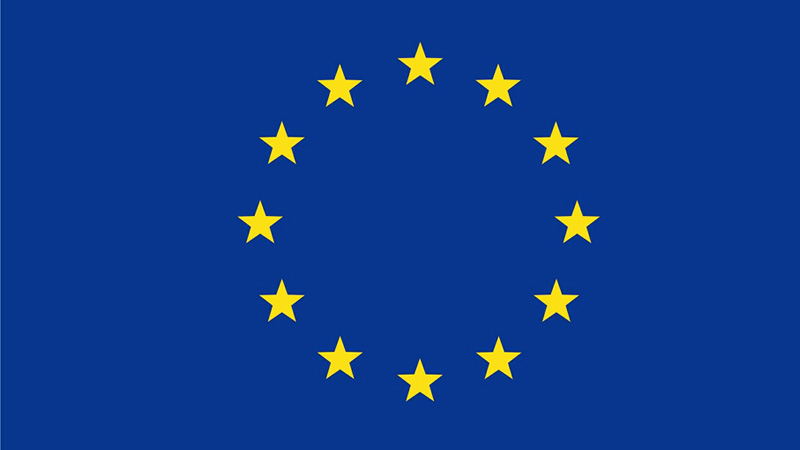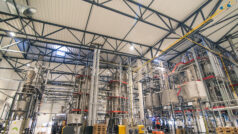“Recyclers support ambitious recycling targets and have a vested interest in uniform rules to measure real recycling rates. This is crucial to stop counting as recycled waste ultimately landfilled or incinerated“, says Emmanuel Katrakis, Secretary General of Euric. Only waste turned into secondary raw materials from recycling must be counted as recycled. Nevertheless, by backing the option chosen by the ENVI Committee, the European Parliament opted for a method which falls short on two major aspects.
First, this notion confuses two distinct steps in the value chains, namely recycling and manufacturing, the latter using both virgin and recycled materials. At the input of production processes, setting targets for recycled content enabling to measure the proportion of recycled materials used to manufacture new semi-finished products or goods would be much more effective to convert linear supply chains into genuinely circular ones. Such targets will act as a catalyst to pull the demand for recycled materials, create a well-functioning market for secondary raw materials and boost a low-carbon economy.
Second, at this stage, it is in most instances impossible to trace back the origin of the waste stream(s) for which targets have been set, contrary to the output based method proposed by the European Commission. In other words, measuring recycling targets at the input of production processes runs against the objective of accurate and uniform statistics across the EU. During trialogues, it is crucial that Member States and the European Parliament ensure that the rules to measure recycling targets will not create more confusion and loopholes but rather agree on a method able to deliver robust and comparable statistics across the EU, Katrakis concluded.
Among the others measures approved, EuRIC welcomes:
- Strengthened pull measures which are instrumental to level the playing field with virgin materials even if more still needs to be done, in particular by alleviating in parallel administrative obstacles which hamper recycling markets;
- More stringent obligations linked to separate collection which is a key driver for quality raw materials from recycling;
- Higher recycling targets echoing what recyclers do since decades: find innovative solutions to recycle all kinds of waste, intrinsically valued as resources, into new raw materials.









